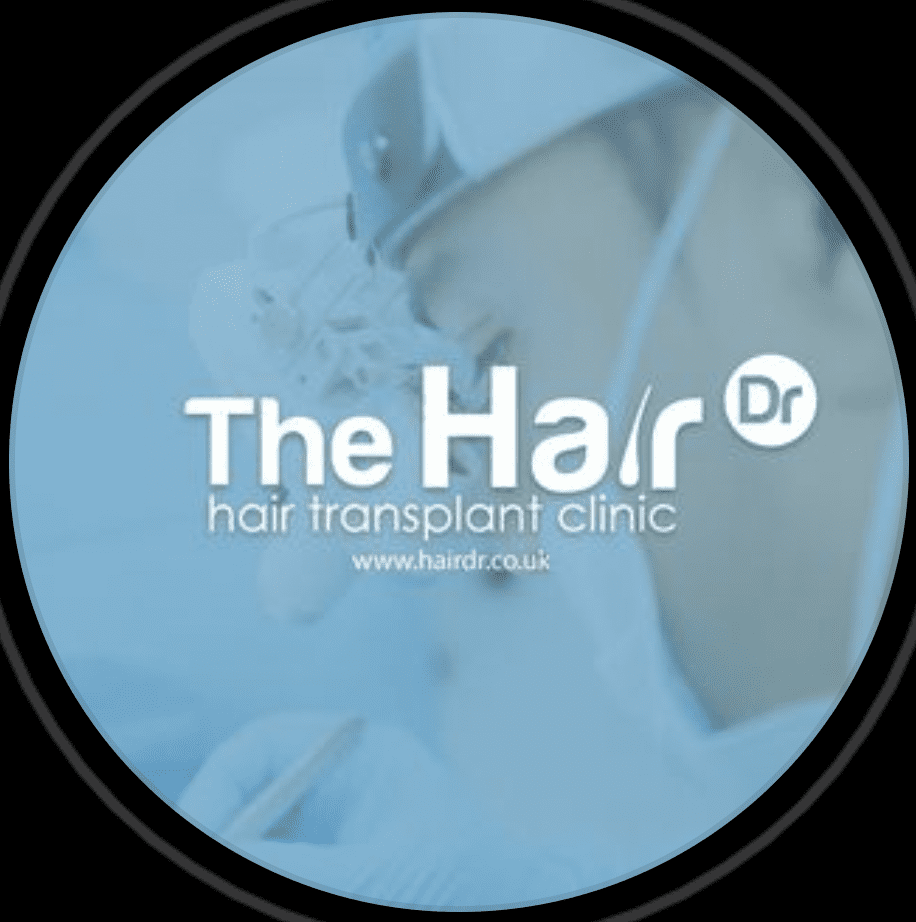Hair loss can be distressing, impacting self-esteem and confidence. Fortunately, hair grafting offers hope for individuals seeking hair restoration solutions.
Impact of Hair Loss
The psychological and emotional impact of losing hair goes beyond aesthetics. It influences social interactions, self-assurance, and mental well-being.
Causes of Hair Loss
Genetics and Other Factors
Genetic predisposition, hormonal changes, stress, and medical conditions contribute to hair loss, affecting both men and women globally.
Hair Grafting Techniques
Follicular Unit Transplant (FUT)
FUT involves harvesting a strip of skin with hair follicles from the donor site, dissecting it, and grafting follicular units onto the balding areas.
Follicular Unit Extraction (FUE)
In FUE, individual follicular units are extracted from the donor site and meticulously implanted into the recipient area.
Robotic Hair Transplantation
Utilising advanced technology, robotic hair transplantation automates the extraction and transplantation process for precise results.
Direct Hair Implantation (DHI)
DHI ensures natural-looking outcomes by directly implanting extracted follicles without creating incisions beforehand.
Eligibility for Grafting
Assessment
Evaluation by a specialist determines candidacy, considering factors like age, health, and the extent of hair loss.
Preparation for Procedure
Pre-Surgical Steps
Before the procedure, patients may need to discontinue certain medications and follow specific instructions provided by the surgeon.
The Grafting Process
Anaesthesia and Donor Hair Extraction
Local anaesthesia is administered before extracting donor hair from areas least affected by hair loss.
Grafting into Recipient Site
Tiny incisions are made in the recipient area, and grafts are meticulously placed following a strategic pattern for natural growth.
Post-Procedure Care
Post-operative care involves meticulous attention to prevent infections and promote optimal healing.
Recovery Period
Initial Days After Grafting
The first few days post-grafting may involve mild discomfort and scabbing, which subside gradually.
Long-Term Expectations
Patience is key; visible results typically start appearing after several months, with full growth achieved within a year.
Success Rate and Risks
Factors Affecting Success
Proper surgical technique, patient adherence to post-operative care, and individual healing play significant roles in successful outcomes.
Potential Risks and Side Effects
While rare, risks like infection, bleeding, and scarring may occur, emphasising the importance of choosing a skilled surgeon.
Cost and Maintenance
Financial Considerations
The cost varies based on the extent of baldness and the technique chosen, but it’s an investment in regaining confidence.
Maintenance Requirements
Regular care and maintenance post-grafting are necessary to ensure the longevity of results.
Alternative Treatments
Comparison and Viability
Comparing grafting with other methods like medications and therapies helps individuals make informed decisions.
Other Solutions for Hair Restoration
Exploring non-surgical options like medications, laser therapy, and lifestyle changes as alternatives for hair restoration.
Conclusion
Hair grafting is a remarkable solution offering natural-looking results for hair restoration. Understanding the process and aftercare is pivotal in achieving successful outcomes.
If you would like to discuss hair grafting, we are here to answer any questions. Contact us to discuss your options today.









